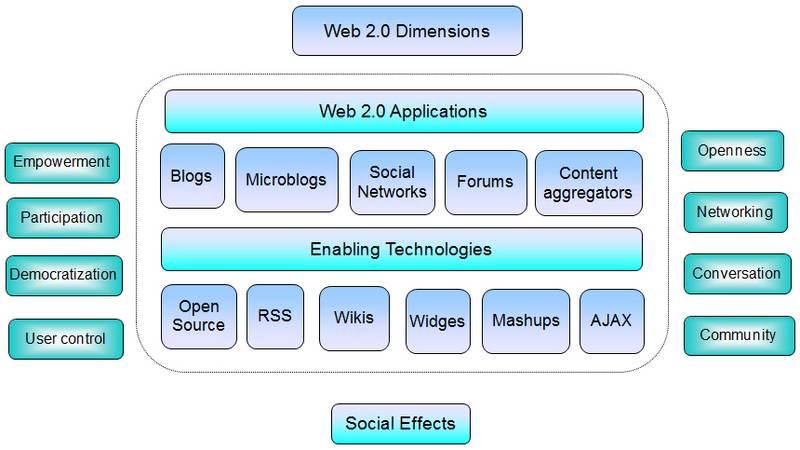This weeks reading for Integrated Media was an excerpt from Sam Hinton and Larissa Hjorth’s book: Understanding Contemporary Culture Series : Understanding Social Media. The following are some of the interesting points/random notes generated from the reading.
- Social Network Sites = SNS for short (i.e. Facebook, Instagram, Twitter, Tumblr etc)
- Social media has blurred the line between what is public and what is private.
- Our social activities online can be correlated and brought together to form a social profile which can in turn be sold to advertisers.
- Social media can be credited for the rise in participatory culture and engagement, where users become produces of content.
- Uses of SNS are unaware that their ‘unpaid work’ is being exploited for the benefits of corporations.
- Social media is both empowering and controlling at the same time.
- The way a person behaves online on SNS can be greatly influenced by their offline lives.
- “Friendship and intimacy can be both amplified and commodified through social media”
WEB 2.0
- Web 2.0 relates to how the internet developed as a result of how people used it. Web 2.0 is basically user-focused business models which were created and used as strategies to align with how people were using the internet.
- There is not just one internet. There are multiple. The different internets across the world are used in a variety of different ways.
- The web evolved much later after the internet was invented. The web became known to us as the ‘online’. Where the internet once was a series of computers connected to each other, sharing information, the web emerged as ‘an interface that allowed people to discover and access internet resources quickly and easily’.
- We use the web when we interact with each other online – e.g. HTTP (hypertext transfer protocol) application.
- When we type in a website address, we are accessing a server on a computer connected to the internet (a host). Some sites require several computers and servers to handle the traffic.
- We use a web browser to send information to the server on what we are trying to access, and the server sends this information back to the browser so that we may access it. This two way interaction is vital to how the web works hence why participation on the internet is so important.
- Hypertext: linking online texts to other texts, creating a complex series of relationships hence the name web.
- The web allowed computers connected to the internet to share photos, videos and text which in turn created a multimedia interface.
- “…the web’s ability to bring together multiple digital media sources through a single easy-to-use interface was a significant innovation in the development of the internet.
COMMERCIALISING THE WEB
- “…media was no longer delivered in a sealed package to audiences but that audiences played a participatory role in its creation.”
- There are two terms: Web 1.0 and Web 2.0. The term Web 1.0 only emerged after Web 2.0 was created, for at the time of Web 1.0, people did not know that they were infact in that era. The numbers of 1.0 and 2.0 mirror the numbering of software, and so insinuates that Web 1.0 is a less evolved and inferior version than Web 2.0.
- The internet, as it emerged, was capable of providing highly detailed information about audiences. Where there are people, there are markets.
- Earlier on, internet users were unwilling to pay for information and online services. So making money from the internet was a problematic issue. Web 1.0 was the product of trying to make money from internet users.
